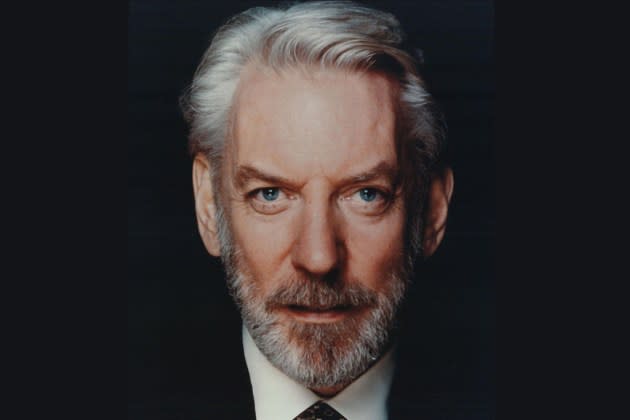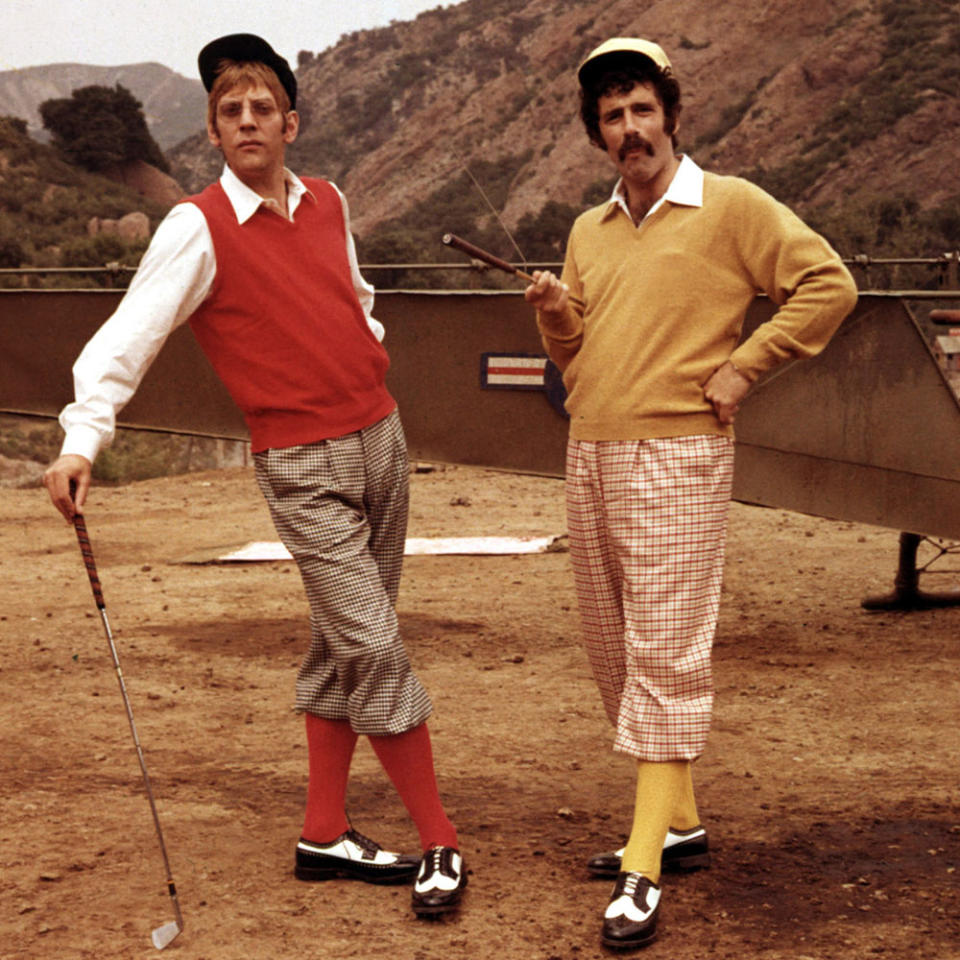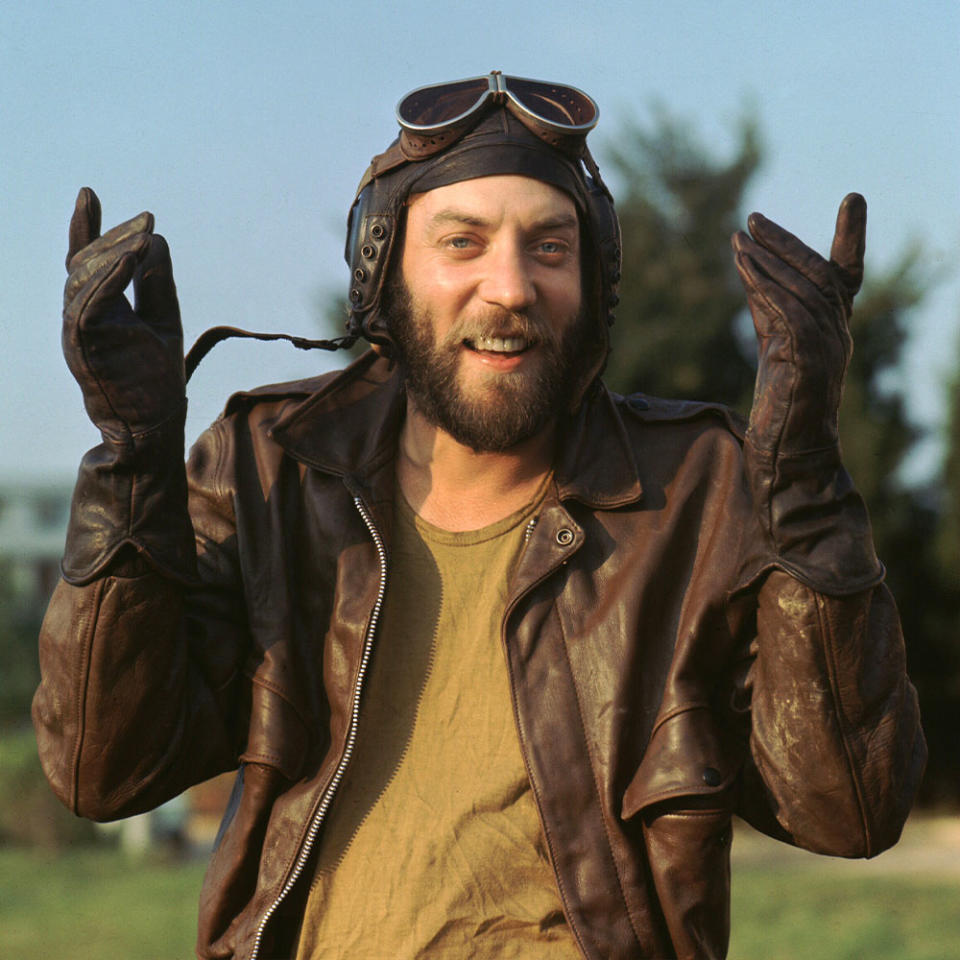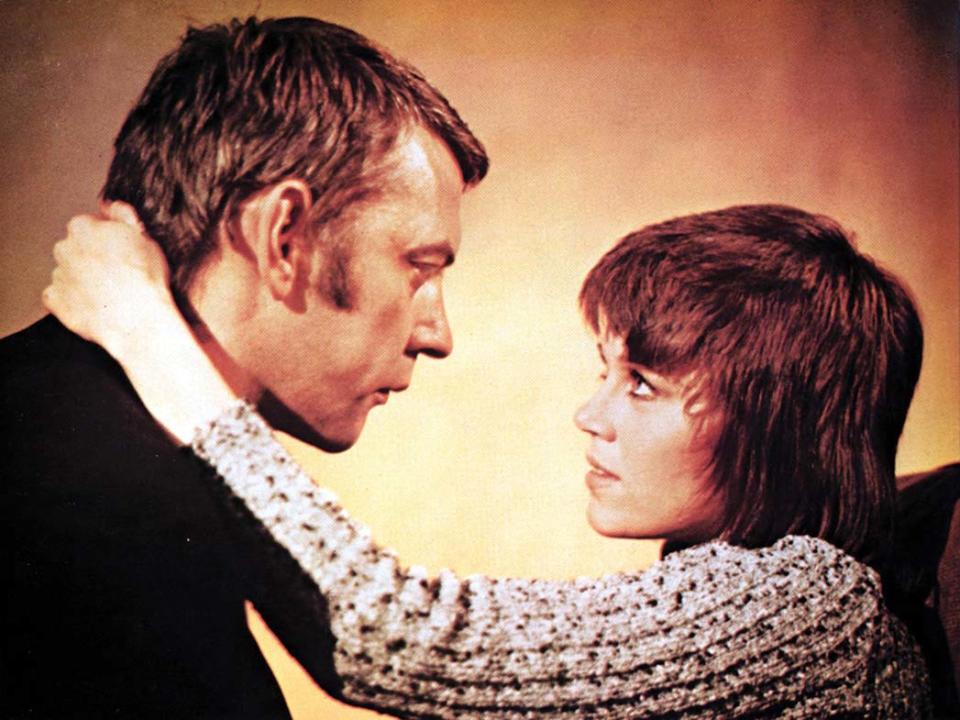Critic’s Appreciation: Donald Sutherland, the Man of a Thousand Arched Eyebrows

If being a Hollywood star consists of having either major box office clout or a few Oscar nominations (and, preferably, at least one win), the great Donald Sutherland never had any of those. Then why, since his death last Thursday at age 88, has he been celebrated the world over as one of the true legends to grace the modern screen?
The reason is simple: the Canadian-born Sutherland, whose incredibly prolific and versatile career kicked off in 1964 with the Italian horror flick, The Castle of the Living Dead, possessed the extremely rare quality — call it a kind of alchemy — where he could disappear into a role and yet somehow remain Donald Sutherland at the same time.
More from The Hollywood Reporter
Jamie Kellner, Architect of the Fox Broadcast Network and The WB, Dies at 77
Donald Sutherland on Why Legendary Canadian Actor Never Sought an American Passport
Whether he was playing a sinister Nazi spy (The Eye of a Needle), a boozy G.I. medic (M*A*S*H), an existentially lovesick detective (Klute), the benevolent English patriarch of a classic 19th century novel (Pride & Prejudice) or the charismatic evil ruler of a violent teenage dystopia (The Hunger Games series), the actor was always, inevitably, himself.
Watching Sutherland in a movie is like watching someone with a red raincoat trying their best to blend into a crowd of people all wearing black ones: no matter how much it’s pouring outside, that person always manages to stand out.

That red raincoat, of course, is a reference to Nicolas Roeg’s 1973 gothic horror classic, Don’t Look Now, in which Sutherland hauntingly portrayed a father pursued by the ghost of his dead daughter. In that film, the actor became a man filled with earth-shattering grief, or caught in the throes of ecstasy during a legendary sex scene with co-star Julie Christie, or artfully trying to restore the mosaics in an Italian church. But he was still very much Sutherland, with his intense eyebrows and wide rictus, at 6’4″ standing a head taller than everyone as he wandered around Venice with terror and longing.
Or take Sutherland’s cameo in Oliver Stone’s J.F.K., where he meets up with Kevin Costner’s Jim Garrison for about five minutes by the Lincoln Memorial Reflecting Pool and winds up stealing the entire movie. He does this not just because his character, known only as Mr. X, finally explains a plot we’ve been trying to piece together for over an hour already, but because his combination of wit, gravitas, humor and stark insight is all there in his delivery, in his wolfish grin and again, in his arched eyebrows.
Those eyebrows could have prevented him from becoming a matinee idol — during an audition early on in his career, a producer famously told Sutherland that he didn’t look like “a guy-next-door sort of character” — and yet he turned them into his hallmark. If there’s one expression we may remember him for, it’s that playful and world-weary look he gives us, eyebrows raised, a smile forming on his face — the look of someone who’s seen it all but can still be mystified and amused by everything life tosses at him.

Sutherland rose to stardom in a trio of Vietnam-era war flicks (The Dirty Dozen, M*A*S*H, Kelly’s Heroes) made in the late 1960s, where his penchant for hip, countercultural comedy turned him into an immediate standout. But he truly came into his own throughout the 1970s, playing characters fraught with guilt, grief, fear and trembling in classics like Klute, Don’t Look Now, Philip Kaufman’s Invasion of the Body Snatchers remake and Robert Redford’s Ordinary People. (We should also add John Schlesinger’s often-forgotten and very dark silent film-era satire, The Day of the Locust, to that list.)
In those movies, Sutherland played vulnerable heroes like Dustin Hoffman did — men doubting in their capacities to stay alive or save the day, which they often didn’t. And yet the actor’s range was so wide that he also starred in two dense and ambitious 1970s epics made by great Italian auteurs — Fellini’s Casanova and Bertolucci’s 1900 – while signing up for walk-on roles in numerous comedies, from Little Murders to The Kentucky Fried Movie.
As far as I can recall, the first time I ever saw Sutherland on screen was in National Lampoon’s Animal House — which is surely not the film he will most be remembered for, although I clearly remember him in that movie. Among all the drunken frat boys, he stood out as a nutty professor with a hilariously calm demeanor.

With roughly 200 credits under his belt, both big-screen and small, Sutherland enjoyed acting so much that he was probably less selective than some of his peers. Starting in the 1980s, he took on parts in everything from Sylvester Stallone’s Lock Up to Jason Statham’s The Mechanic to something called Baltic Storm. His vast filmography, which spans every genre, reads like a reflection of where Hollywood has gone from the early ’70s until now: from original director-driven works like M*A*S*H and Klute to IP-backed action franchises like the hugely successful Hunger Games series.
Sutherland memorably played the fascist President Coriolanus Snow in those films, apparently pursuing the role so he could portray a dictator who would serve as a warning to younger generations at a time when fascism was on the rise, especially in the U.S. In a sense, he was following up on the political activity of his early days, when he appeared alongside then-girlfriend Jane Fonda in the antiwar docudrama, F.T.A.
But in The Hunger Games movies, the actor also brought a melancholic depth, and, as always, an eyebrow-arching wickedness, to a character who could otherwise have been forgettable, standing out despite the nonstop CGI and garish production design.
Like nearly everything else Sutherland did in over half a century on screen, he brilliantly transformed into another person — in this case, his polar opposite politically — while reprising a role he had perfected throughout his long and distinguished career: himself.
Best of The Hollywood Reporter

 Yahoo News
Yahoo News 
